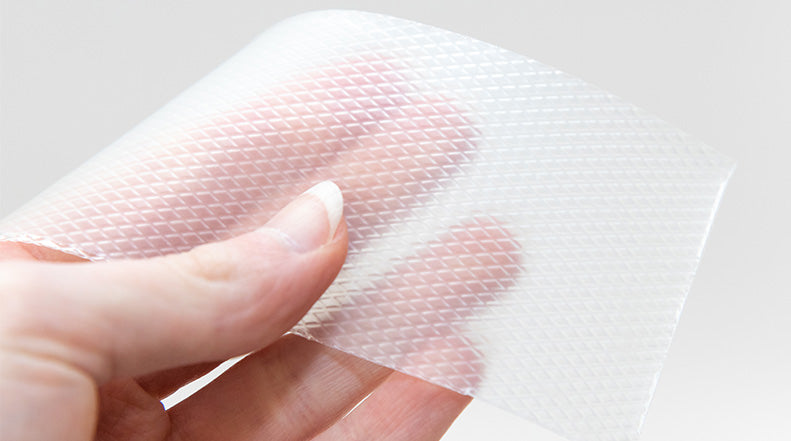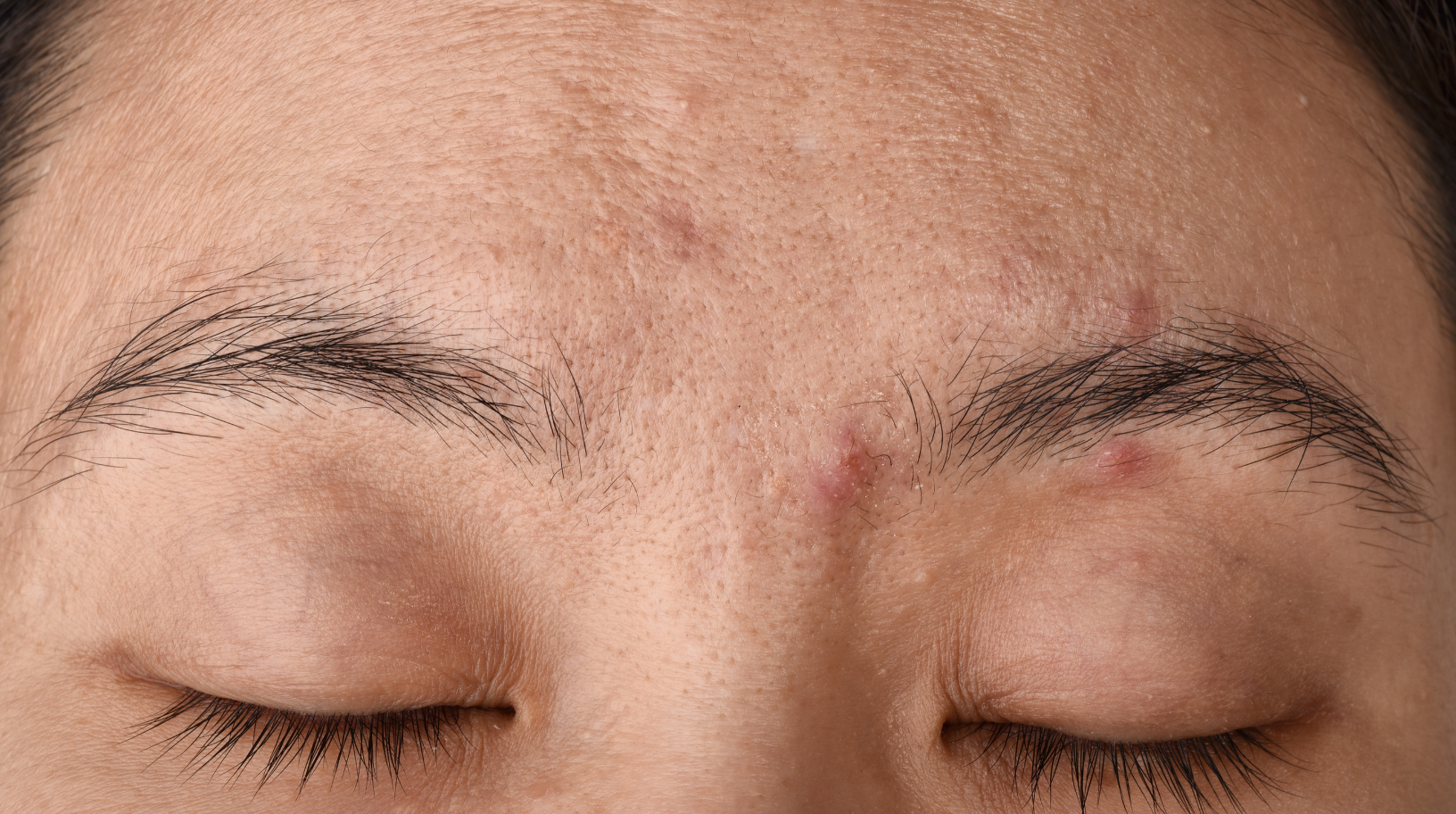How Does Silicone Heal Scars?

Did you know that silicone has been used for more than 30 years in the treatment of scars? In fact, an article published in the scholarly journal Aesthetic Plastic Surgery states that in the treatment arsenal at the disposal of the plastic surgeon, topical silicone therapy usually is considered the first line of treatment.
Fortunately, silicone scar treatment products aren’t limited to use by plastic surgeons and other healthcare professionals; various silicone products are available to soften, flatten, and fade your scars from the comfort of your own home. But how does silicone heal scars? And are these treatments really effective? Keep reading to find out answers to these questions and more!
WHAT IS SILICONE?
Generally speaking, silicones are polymers (large molecules) that are made of repeating units of siloxane, a chain of alternating silicon atoms and oxygen atoms that are often combined with carbon and/or hydrogen. Silicones can also be called polysiloxanes.
Medical grade silicones are used for silicone scar treatment products. These are silicones that undergo specific testing for biocompatibility (safe to use in the body) and have been deemed appropriate to be used for medical applications.
When silicone gel is applied to a scar it spreads as an ultra thin sheet and dries within 4 to 5 minutes due to its self-drying technology. According to a publication in the journal Advances in Wound Care, the advantages of silicon gel include easy administration, even for sensitive skin and in children. It can be applied to irregular skin or scar surfaces, the face, moving parts (joints and flexures) and any size of scar. The durability and biocompatibility of medical grade silicones make them ideal to be used as scar treatment products.
HOW DOES SILICONE HEAL SCARS?
When skin is wounded due to an injury, surgery, or other trauma scar tissue develops as part of the body’s natural healing process. The formation of scar tissue is a complex process, which begins when the dermis (the middle layer of skin) is torn due to the injury. This stimulates cells called fibroblasts to grow into granulation tissue where they produce collagen to seal the wound. Collagen is a structural protein that gives the skin firmness and elasticity. Unfortunately, when the body produces too much collagen, the result is a raised, discolored scar.
Silicone gel exerts several actions that disrupts the scar formation process, thus helping to prevent as well as heal scars. Below are mechanisms reported by the Journal of Cutaneous and Aesthetic Surgery which explain how silicone gel heals scars.
- Silicone gel heals scars by increasing hydration of the stratum corneum (the uppermost layer of the skin). This facilitates regulation of fibroblast production and also reduces collagen production. Essentially, this allows skin to “breathe”, thus resulting in a softer and flatter scar.
- Silicone gel heals scars by balancing the expression of growth factors. Certain growth factors stimulate fibroblasts to synthesize more collagen and other growth factors increase the level of collagenases which break down the excess collagen. Silicone gel regulates these growth factors to normalize collagen synthesis.
- Silicone gel heals scars by protecting the scarred tissue from bacterial invasion. This is important because bacteria have the ability to induce excessive collagen production in the scar tissue.
One study published in the Journal of Cutaneous and Aesthetic Surgery examined 30 patients to determine the efficacy of silicone gel for the treatment of hypertrophic scars and keloids. Hypertrophic scars are raised and red whereas keloid scars continue growing past the original scar boundaries with a raised and often lumpy appearance. In this study, the patients applied a silicone gel as a thin film to the scar area twice a day. After 6 months, researchers found that the silicone gel produced an 86% reduction in texture, 84% in color, and 68% in height of scars.
HOW NEWGEL+ SILICONE PRODUCTS HEAL SCARS
NewGel+ offers the widest variety of silicone scar treatment products available. Products include sheets, strips, specific shapes, and two tube sizes of topical silicone gel. These products can be used for a variety of scar types, including keloids, burns, hypertrophic scars, and scars from trauma, cosmetic procedures, C-sections, and abdominoplasty.
To illustrate how NewGel+ silicone products heal scars, let’s look at a case study. This case involves a 46 year old female patient who underwent excision of a skin cancer on her cheek and reconstruction. Seven days after the procedure the patient began applying the NewGel+ silicone gel ointment twice daily to manage her scar. After 7 weeks of applying the silicone gel, the scar was minimal with a flat and thin appearance and minor redness. The patient was pleased with the results and found the NewGel+ silicone ointment easy to use.
This case shows the significant improvement in facial scarring after skin lesion excision when NewGel+ silicone ointment is incorporated as part of a scar management protocol. These types of results are particularly important on the face since patients are fearful and anxious about significant scarring and disfigurement.
To read more success stories like this one and to see before-and-after photos, browse our case studies page. These are real patients that have used NewGel+ sheeting or NewGel+E as a scar management solution. Or, shop our silicone scar treatment products and witness for yourself how silicone can heal and improve the appearance of scars. Trust NewGel+ to soften, flatten, and fade your scar.




Comments